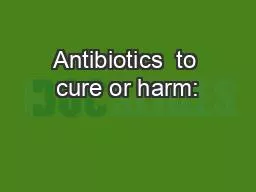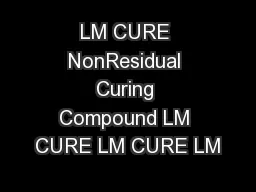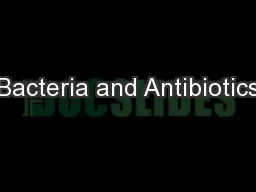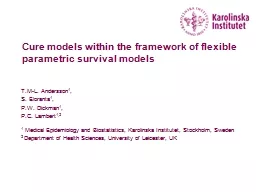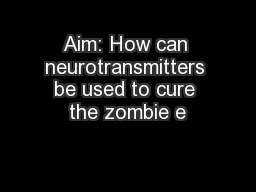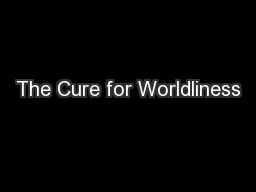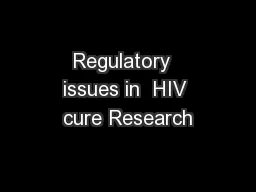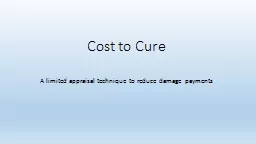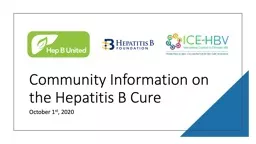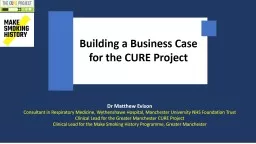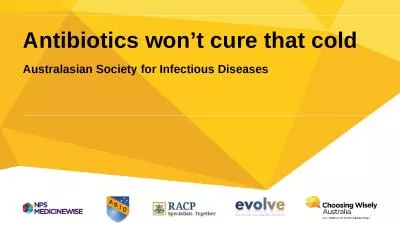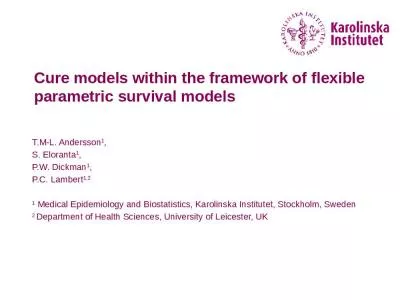PPT-Antibiotics to cure or harm:
Author : elitered | Published Date : 2020-07-01
Concept of Antibiotic Resistance among Health Professional Students in Nepal Principal Investigator Nayak Sandeep CoInvestigators Gupta Govind Prasad Rana
Presentation Embed Code
Download Presentation
Download Presentation The PPT/PDF document "Antibiotics to cure or harm:" is the property of its rightful owner. Permission is granted to download and print the materials on this website for personal, non-commercial use only, and to display it on your personal computer provided you do not modify the materials and that you retain all copyright notices contained in the materials. By downloading content from our website, you accept the terms of this agreement.
Antibiotics to cure or harm:: Transcript
Download Rules Of Document
"Antibiotics to cure or harm:"The content belongs to its owner. You may download and print it for personal use, without modification, and keep all copyright notices. By downloading, you agree to these terms.
Related Documents

